Thank you to the Growing Editorial Team at JCO.
With the recent completion of The Journal of Caribbean Ornithology’s 31st volume, I would like to recognize the outstanding new team that has come together at the journal. Managing Editor Justin Proctor has done a tremendous job organizing a copy editing team that has helped us move manuscripts much more quickly and efficiently into production than ever before. This team includes Simon Campo, Holly Garrod, Dr. Alfredo Huerta, and Seth Inman. Their dedicated work made a major contribution to the diversity of articles published in Volume 31 and will ensure an increasingly timely publication model for JCO as we look forward to 2019’s Volume 32. Thanks to all!
On the production end, Doug Weidemann continues to do a painstaking job ensuring that all errors and formatting glitches are corrected before publication. Assisting Doug are two new Assistant Production Editors, Kyle Burnham and Jenifer Morgan-Davie. Special thanks to Doug for taking the time to work with Kyle and Jenifer as they learn the JCO production system! We also had the wonderful production assistance of Alice McBride on Volume 31. Although Alice is moving on to new career responsibilities that will not leave time for JCO work, we wanted to recognize all the hard work she put in to Volume 31, and wish her all the best! Please enjoy the Roundup of articles that follows, and know that this new team of JCO editors is looking forward to growing the journal, increasing our publication efficiency, and continuing to provide this valuable resource to the greater Caribbean community.
– Jason Townsend, Editor-in-Chief, Journal of Caribbean Ornithology
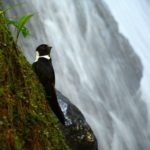
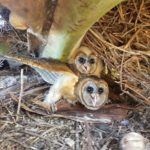
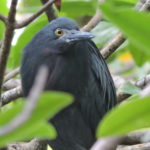
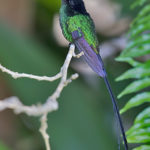
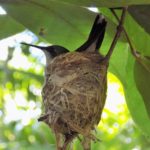
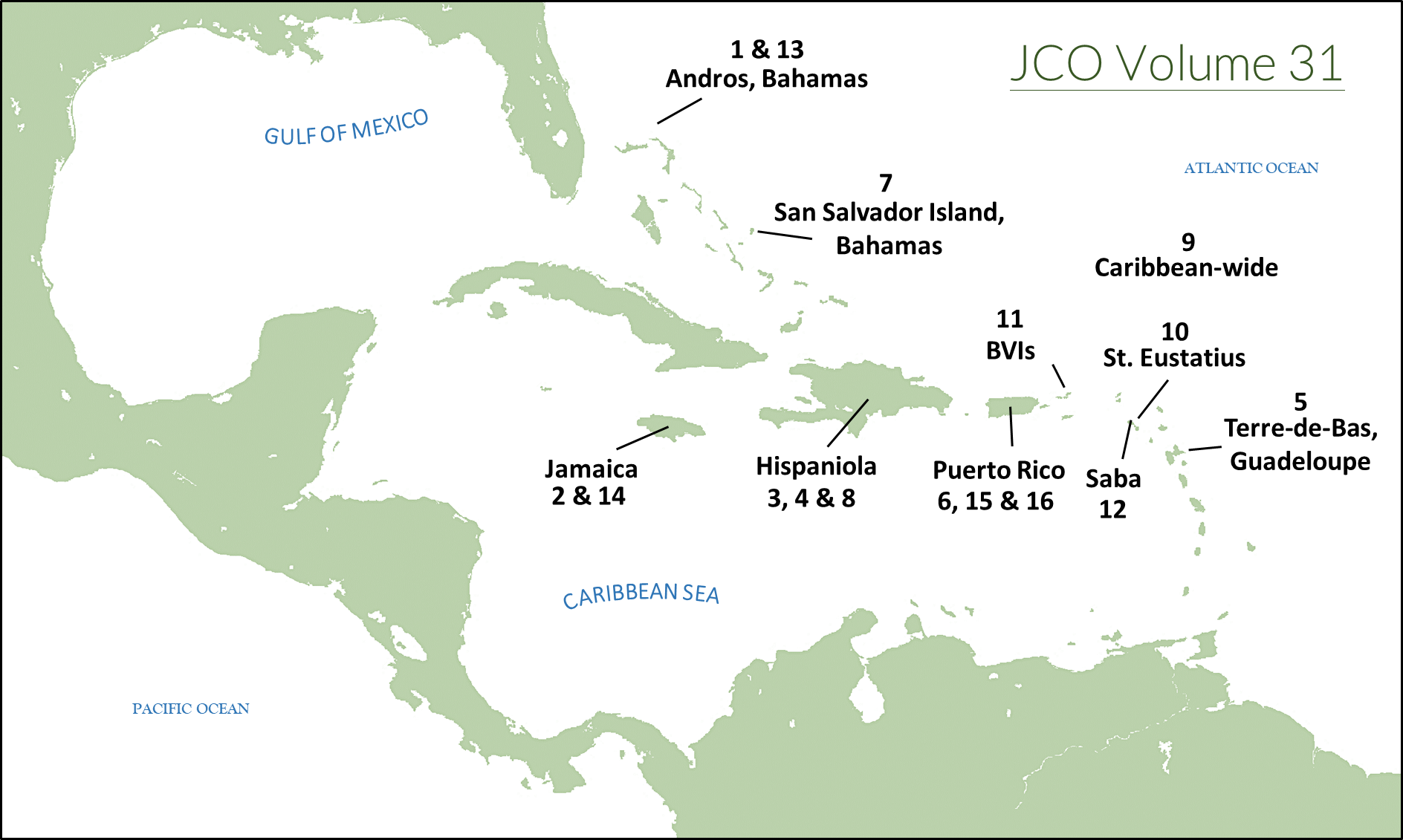
1. New documentation of pine forest nesting by the Critically Endangered Bahama Oriole (Icterus northropi)
Daniel C. Stonko, Lehron E. Rolle, Latia S. Smith, Alexis L. Scarselletta, Jennifer L. Christhilf, Michael G. Rowley, Shanna S. Yates, Shelley Cant-Woodside, Leslie Brace, Scott B. Johnson, Kevin E. Omland
Currently restricted to just Andros, the Bahama Oriole (Icterus northropi) is of critical conservation concern. In this article, Stonko et al. present evidence that Bahama Orioles breed in and use pine forest extensively, altering the current approach to population estimates and conservation strategies.
2. Short-term fluctuations and long-term changes in the use of a tropical water reservoir by resident and migratory waterbirds in Jamaica
Stefan Bräger
Utilizing surveys of a man-made freshwater habitat, Bräger assesses the environmental factors influencing waterbird species abundance and composition in Jamaica. Additionally, he draws on four decades worth of observations to identify long-term trends in the waterbird population.
3. A rare observation of White-collared Swift (Streptoprocne zonaris) breeding activity on Hispaniola
Neil A. Gilbert, Michelle R.A. Eshleman, Amy E. Janik, Kiera L. Kauffman, Joshua B. LaPergola
With little known about the breeding status of White-collared Swifts (Streptoprocne zonaris) on Hispaniola, Gilbert et al. describe breeding behavior at a previously undocumented nesting site. Moreover, they urge the discovery and monitoring of additional nesting sites on the island to better understand behavior and population trends.
4. First description of Ashy-faced Owl (Tyto glaucops) nest and first record of Ashy-faced Owl nesting in Palmchat (Dulus dominicus) nest on Hispaniola
Marta Curti, Christine D. Hayes, Thomas I. Hayes, Misael Calcaño Silven
Little is known about the life history of the Ashy-faced Owl (Tyto glaucops), a Hispaniolan endemic. In this article, Curti et al. provide the first detailed description of an Ashy-faced Owl nest, providing vital information about the biology of this secretive species.
5. Black-capped Petrel (Pterodroma hasitata) occurrence near Guadeloupe, Lesser Antilles, 2001–2008
Anthony Levesque, Pierre Yésou
Black-capped Petrel (Pterodroma hasitata) populations have experienced drastic decline and are currently considered endangered, though a small breeding population has been identified on Dominica. In this article, Levesque and Yésou present evidence of this population utilizing waters off the coast of Guadeloupe and call attention to the importance of these waters in conserving marine biodiversity.
6. Flock size of West Indian Whistling-Ducks (Dendrocygna arborea) in Puerto Rico
Nickolas S. Goodman, Jack C. Eitniear, James T. Anderson
Though West Indian Whistling Ducks (Dendrocygna arborea) have been declining in recent decades, Goodman et al. present promising survey data suggesting that the population size on Puerto Rico is larger than previously estimated.
7. Distribution, population status, nesting phenology, and habitat of the West Indian Woodpecker (Melanerpes superciliaris nyeanus) on San Salvador Island, Bahamas
- Robert Miller, Jean Miller, Scott L. Findholt
San Salvador Island is home to a small population of West Indian Woodpeckers (Melanerpes superciliaris nyeanus), however little is known about this population. In this paper, Miller et al. confirm the presence of a single population of West Indian Woodpeckers and describe in detail their distribution, population estimate, nesting phenology, and habitat use.
8. Notable bird records from Hispaniola and associated islands, including four new species
Steven C. Latta, Pedro Genaro Rodríguez
As resources for bird-watching in Hispaniola have expanded, many new and vagrant species have been recorded. Here, Latta and Rodriguez provide detailed, formal observations of four previously unrecorded species and six vagrant species on Hispaniola and associated islands.
9. New sightings of melanistic Green Herons (Butorides virescens) in the Caribbean suggest overlooked polymorphism
Jacob R. Drucker, Ruth E. Bennett, Lila K. Fried, Mona L. Kazour, Darin J. McNeil
Color variation in Green Herons (Burorides virescens) has been poorly documented in the recent literature. Drucker et al. begin to fill this void by describing a melanistic morph and by discussing spatial color variation and polymorphism among erythristic individuals.
10. Observations of territorial behavior of the Antillean Crested Hummingbird (Orthorhyncus cristatus) on St. Eustatius
Joseph P. Shepherdson
In this article, Shepherdson analyzes observations of Antillean Crested Hummingbirds (Orthorhyncus cristatus) in three locations on St. Eustatius. Drawing on these observations, Shepherdson characterizes territoriality in the species and speculates on behavior differences between the sexes.
11. Seabird surveys of globally important populations in the British Virgin Islands
Susan Zaluski, Atoya George, Clive Petrivic, Judy Pierce, Nancy Woodfield-Pascoe, Louise Soanes
Zaluski et al. use survey data of Magnificent Frigatebirds (Fregata magnificens) and Roseate Terns (Sterna dougallii) in the British Virgin Islands to assess current breeding populations. As a result of their data, they call attention to the importance of these surveys as well as conservation management practices for these species.
12. New avifaunal records and checklist for the island of Saba, Caribbean Netherlands
Michiel Boeken
With the last comprehensive species records for the island of Saba published in 1983, Boeken documents 31 new species on the island. Additionally, he provides updated breeding statuses of many avifaunal species.
13. Atypical foraging habitat use by Piping Plovers (Charadrius melodus) in The Bahamas
Scott Johnson, Pamela Loring, David Jones, Shannan Yates
Though Piping Plovers (Charadrius melodus) typically forage and roost in sand and mud flats, Johnson et al. document these shorebirds foraging amongst mangroves. As Piping Plovers are either Threatened or Endangered in the United States, this work sheds light on the importance of wetland habitats in conserving this species.
14. Density and abundance of the Black-billed Streamertail (Trochilus polytmus scitulus) in eastern Jamaica
Caroline D. Judy
After conducting point-count surveys in the John Crow and Blue Mountains, Judy presents population density and abundance estimates for the Black-billed Streamertail. Her data suggests reassuring news about the current population trends, but encourages further monitoring to better understand the species’ status.
15. Nesting of the Puerto Rican Emerald (Chlorostilbon maugaeus) and a record of nestling parasitism by botflies (Philornis sp.)
Spencer C. Schubert
In this article, Schubert thoroughly describes the reproductive biology of the Puerto Rican Emerald (Chlorostilbon maugaeus) after monitoring a nest for 29 days. Interestingly, he provides photographic evidence of botfly (Philornis sp.) parasitism of Puerto Rican Emerald nestlings, highlighting the threat of ectoparasitism to Caribbean birds.
16. Bird Checklist Guánica Biosphere Reserve Puerto Rico
Steven C. Latta
Here, Latta reviews the Bird Checklist Guánica Biosphere Reserve Puerto Rico, evaluating the utility and layout of the checklist as well as praising the rich biodiversity of the Guánica Biosphere Reserve.
Article by Simon Campo – Editor for the Journal of Caribbean Ornithology and a Researcher at the Yale School of Medicine in New Haven, CT. Connect with Simon via LinkedIn or email.
